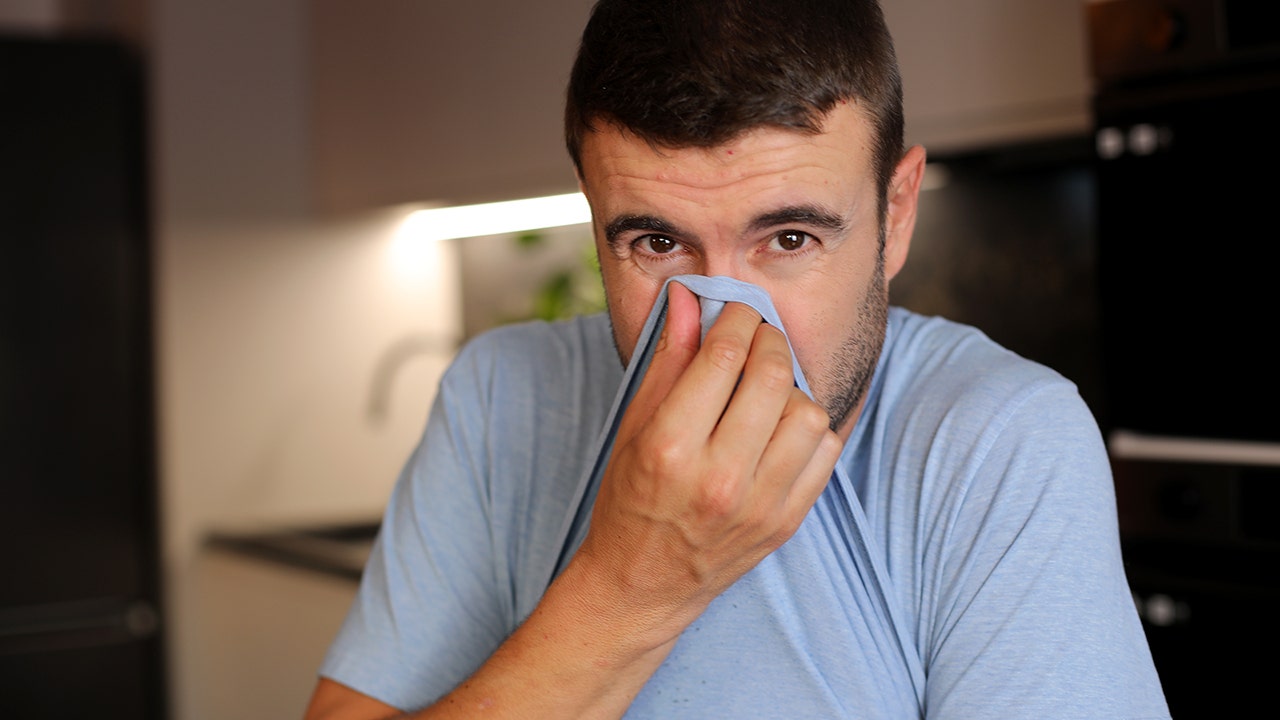Over 14 Million Children Worldwide Have Never Received Vaccines

Introduction
A new report has revealed a concerning statistic - over 14 million children worldwide have never received any vaccines, leaving them vulnerable to common and preventable illnesses. This means that these children have not received a single dose of any vaccine, leaving them at risk for diseases such as measles, polio, and diphtheria. This is a staggering number, and highlights the importance of vaccinations in protecting children's health and well-being. The report was released by the World Health Organization and UNICEF, and highlights the need for increased efforts to ensure all children have access to life-saving vaccines.
Current Situation
The report emphasizes the global disparity in access to vaccines, with the majority of unvaccinated children living in low-income countries. This highlights the need for continued efforts to improve access and affordability of vaccines in these regions. Additionally, the COVID-19 pandemic has further exacerbated this issue, with many
About the Organizations Mentioned
World Health Organization
The World Health Organization (WHO) is a specialized agency of the United Nations, established in 1948, with a mandate to promote global health, coordinate international responses to public health threats, and set standards for health policies and interventions[2]. Headquartered in Geneva, Switzerland, WHO operates in over 150 countries, working with governments, NGOs, and other partners to advance health equity, strengthen health systems, and respond to health emergencies. ## What WHO Does WHO’s core activities include monitoring global health trends, setting international health standards, providing technical assistance to countries, and serving as a forum for scientific and policy discussions on health issues[2]. The organization publishes influential reports such as the annual **World Health Statistics**, which tracks progress toward Sustainable Development Goals (SDGs) and provides a global “health report card”[1][8]. WHO also maintains the Model List of Essential Medicines, guiding countries on which drugs are most critical for public health[7]. In addition, WHO leads global campaigns on issues ranging from infectious disease eradication to noncommunicable diseases (NCDs), maternal and child health, and health emergencies[2][6]. ## History and Key Achievements WHO’s history is marked by landmark achievements, including the eradication of smallpox, near-eradication of polio, and the development of an Ebola vaccine[2]. The organization played a pivotal role in responding to the COVID-19 pandemic, coordinating global research, vaccine distribution, and public health guidance. In May 2025, WHO member states adopted the world’s first **Pandemic Agreement**, a historic step to improve international coordination and equity in future health crises[4]. WHO also spearheads initiatives like the Triple Billion Targets (healthier lives, universal health coverage, and protection from health emergencies) and technical policy packages targeting tobacco, alcohol, salt, and trans fat reduction[1][2]. ## Current Status and Notable Aspects WHO is currently implementing its **Fou
UNICEF
## Overview UNICEF, the United Nations Children’s Fund, is a leading global agency dedicated to providing humanitarian and developmental aid to children worldwide[5]. Established by the United Nations General Assembly on December 11, 1946, its original mission was to deliver emergency relief—food, clothing, and medicine—to children and mothers in war-torn Europe, China, and Palestine in the aftermath of World War II[1][2]. Initially known as the United Nations International Children’s Emergency Fund, it became a permanent UN agency in 1953 and adopted its current name while retaining the UNICEF acronym[3][5]. ## Mission and Activities UNICEF’s mandate has evolved from emergency relief to comprehensive, long-term programs focused on child survival, development, protection, and participation. Key areas of work include immunization and disease prevention, maternal and child nutrition, sanitation, education, and emergency response to disasters[5]. The organization operates in over 190 countries and territories, implementing programs through a network of regional and field offices, and collaborating with governments, NGOs, and local communities[1][3]. ## Key Achievements UNICEF’s impact is substantial and well-recognized. In its early years, it vaccinated millions against tuberculosis, rebuilt milk distribution systems, and provided daily meals to children in need[4]. Over the decades, it has launched large-scale health campaigns, built thousands of health stations, and promoted school attendance in developing countries[2][4]. UNICEF’s advocacy contributed to the UN Declaration of the Rights of the Child in 1959, and its work earned the Nobel Peace Prize in 1965 for promoting international solidarity and reducing disparities between rich and poor nations[2][5]. ## Current Status and Notable Aspects Today, UNICEF is one of the most visible and trusted international organizations, funded primarily through voluntary contributions from governments, national committees, and private donors[1][5]. It is known for innovative fundraisin








